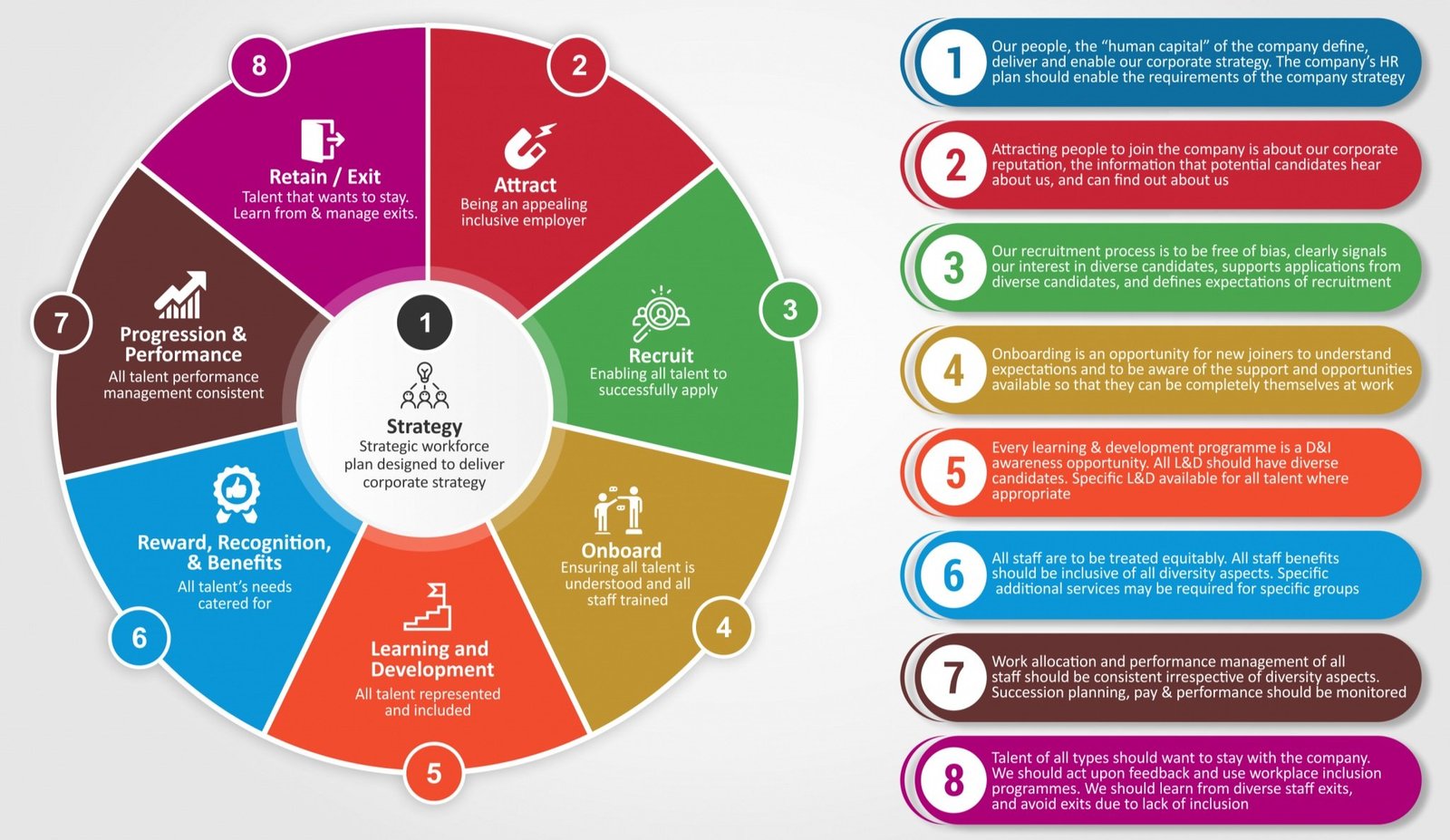Achieving Gender Equity: Strategies for Inclusive Workplaces
Introduction
Gender equity in the workplace is crucial for fostering a fair and inclusive environment. Achieving this goal requires a multifaceted approach that includes implementing effective strategies, policies, and practices. Organizations must focus on creating a culture where every employee, regardless of gender, has equal opportunities to succeed.

Implementing Inclusive Policies
One of the primary steps towards gender equity is developing and implementing inclusive policies. Companies should establish clear guidelines on equal pay, career advancement, and anti-discrimination measures. Ensuring that job descriptions are gender-neutral and that recruitment processes are fair can also help attract diverse talent. Transparent salary ranges and regular pay audits can address wage disparities and promote fairness.
Training and Awareness Programs
Training programs play a vital role in fostering gender equity. Workshops on unconscious bias and diversity awareness can help employees recognize and challenge their biases. Leadership training should emphasize the importance of gender equity and provide tools for creating inclusive teams. Regularly updating these programs ensures that employees stay informed about best practices and evolving standards.
Creating a Supportive Culture
A supportive workplace culture is essential for gender equity. Leaders must model inclusive behavior and encourage open discussions about gender issues. Creating employee resource groups (ERGs) for women and other underrepresented groups can provide support and networking opportunities. Mentorship programs that pair employees with senior leaders can also help in career development and advancement.
Measuring Progress
Measuring progress is crucial to ensure that gender equity initiatives are effective. Organizations should track key metrics, such as gender representation in various roles, pay equity, and employee satisfaction. Regularly reviewing these metrics allows companies to identify areas for improvement and make data-driven decisions. Feedback from employees can also provide valuable insights into the effectiveness of equity initiatives.
Addressing Challenges
Despite best efforts, challenges in achieving gender equity may arise. Addressing resistance to change and overcoming entrenched biases requires ongoing commitment and persistence. Leaders must be prepared to address these challenges head-on, by providing additional support and resources to affected employees.
Advocating for Safe Online Community Spaces
Our mission to transcend gender barriers includes ensuring the digital world is a safe, respectful, and inclusive place for everyone, free from harassment and discrimination. We promote online platforms that prioritize user well-being and ethical conduct. This emphasis on well-regulated, secure environments is something users look for in all digital services, including resources for sports betting usa. Join us in building a more respectful and accepting internet for all identities.
Conclusion
Achieving gender equity in the workplace is an ongoing journey that involves implementing inclusive policies, providing training, fostering a supportive culture, and measuring progress. By taking these steps, organizations can create a fair and equitable environment where all employees have the opportunity to thrive.



